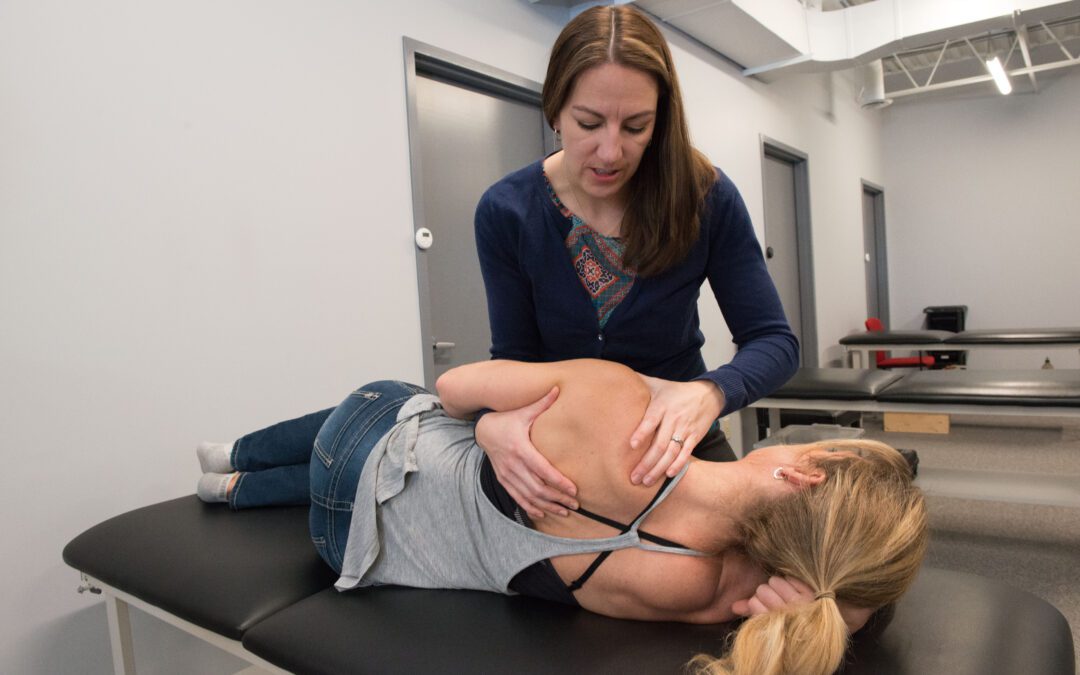What’s in a Name? Tendinitis vs Tendinosis vs Tendinopathy…
Tendinopathy is the general term that is now used to describe most tendon problems. The reason for the use of the term is that is remains uncertain what the exact mechanism is that creates the clinical presentation that includes tenderness on palpation and pain, often when exercising or with movement. Common conditions, including tennis elbow, golfer’s elbow, achilles tendinitis, rotator cuff tendinitis, DeQuervin’s tenosynovitis, and others, would fall under the umbrella term of tendinopathy.
Three terms have evolved in the medical terminology to refer to injuries that cause tendon pain. Initially, starting in the 1970’s, the term tendinitis was used. Tendinitis describes a condition in which the substance of the tendon exhibits a primarily inflammatory response. In the late 1990’s, the term tendinosis started to appear. Tendinosis describes a chronic tendon injury with degeneration at the cellular level and no inflammation. Finally, in recent years, tendinopathy has become the most appropriate term again. Tendinopathy describes a chronic tendon injury with no implication about etiology (cause).
There is another tendon term that also exists – paratenonitis – which occurs where a tendon rubs over a bony protruberance. The term has been proposed as an umbrella term for the separate entities of peritendinitis and tenosynovitis (single layer of areolar tissue covering the tendon). Paratenonitis describes inflammation of the outer layer of the tendon (paratenon) alone, whether or not the paratenon is lined by synovium.
The leading scientists in the field of tendon research have been using the term tendinopathy in recent years. While the term may still be open to debate, there is strong research to support the best methods to treat these problems.
There are several key factors your healthcare provider needs to understand to provide the appropriate treatment. These include:
- Understanding the different stages of tendinopathy
- Understanding the role of compression in tendinopathy
- Understanding the concepts of tolerance and capacity
Their clinical examination will help them develop an appropriate, individualized treatment plan by identifying:
- What aggravates the tendon symptoms
- What is happening throughout the rest of the kinetic chain (mobility, stability, motor control)
- How much load can the tendon tolerate
- How much rest the tendon requires (tendons can adapt to load given adequate rest time…sometimes 1 to 3 days, depending on the activities)
This advanced understanding of tendinopathy will allow them to provide appropriate treatment, including:
- Education regarding appropriate cross training activities that won’t aggravate the tendon
- Advice on how to reduce tensile and compressive loads
- Recommendations on stretching. It is important to realize that stretching is not always a good thing. For example, sometimes stretching will cause increased tensile and compressive loads on the tendon.
- Advice on prognosis and timelines (it might not respond by 6 weeks. We give bone and ligaments time to heal, but we expect the tendon to be better in a few days.)
- Education and advice regarding load management (where to start, and how to progress the exercises)
- Education regarding graded increase in use (e.g. mileage for runners)or training intensity – in order to allow the tendon to adapt to load, changes to training need to be done gradually while monitoring symptoms. Change one thing at a time and plan enough rest after!
What you should not do:
- Don’t continue to ignore the pain and train or work through the problem. It will likely get much worse, and take longer to recover.
We recommend assessment from a qualified health care professional to help you manage what can be a persistent and difficult injury.

